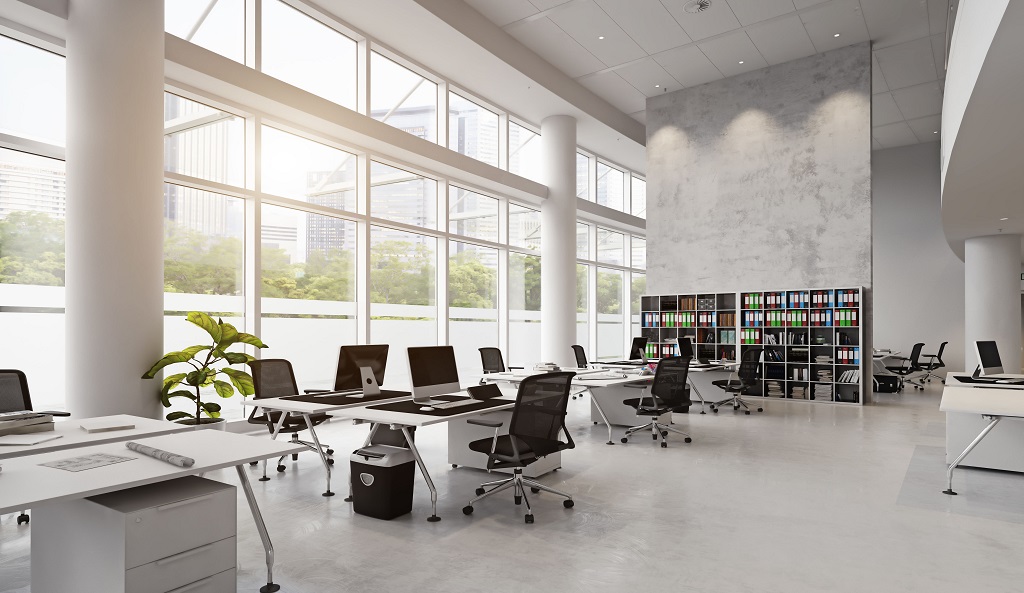Planning an office move to achieve the optimal outcome
Office move can be an opportunity to make positive changes to the business, but it can be challenging and an expensive investment if you do not get it right.
A solid procurement process can help deliver cost savings, service efficiencies and a seamless ‘business as usual’ transition, ensuring a successful service outcome. However, for many Facility Managers, procuring the services of a relocation service partner may be a one-off experience, so it is absolutely essential to get the planning and selection piece right.
Key consideration points for the procurement process:
- Getting the timing right
Some projects may only have a short notice within which to work, however, in most instances a longer lead time prevails. We would advocate starting the procurement process as early as possible and allowing sufficient time for the return of Request for Proposals and tender documents to ensure you receive the strongest, most considered responses.
For larger moves, we would recommend sending out your tender at least six months before your move. For smaller moves, we would recommend no less than three months. The more time allowed for assessing, verifying and querying the information provided, the more comprehensive the tender submission. - Seeing the sites
Ideally, the procurement process will include a site visit, allowing the potential suppliers an opportunity to gain a greater understanding of your organisation, the building, fixtures and fitting and project requirements. The more well informed the potential suppliers are, the better equipped they are to provide an accurate tender response that meets your requirements.
Furthermore, suppliers are likely to be more confident in putting forward competitive prices when the project is fully understood. - Knowledge is key
Whilst giving those tendering the opportunity to visit a site and assess the project is very helpful, it is paramount that the tenderer’s staff who attend these visits are knowledgeable about the project, buildings, stakeholders and other operational implications.
These events are a two-way learning process and can often uncover elements of the move, that unforeseen, could cause major issues. Making sure the key project staff are in attendance, as well as specialist stakeholders such as the Head of IT can prove to be invaluable in delivering more successful project outcomes. - Grading system
We recommend deciding how you are going to grade and score your tender before you distribute it. Whilst price always plays a part, the potential cost of service delays and operational failure could overshadow any relocation expense. What importance is placed on experience, resources, sustainability that will help direct you towards the proposal that best fits your needs? Have you specified your priorities clearly in the tender? - Hire a professional
Hiring an amateur might save costs in the short term, but you may pay for it in the long term with extended downtime, damaged goods and dissatisfaction amongst staff. It is important that the service partner you choose has the right experience for your needs, ask for recent references for similarly sized projects within your industry and check up on them!
Related stories
Walk into modern offices and you’ll see the motifs of sustainability: a living wall in reception, branded reusable mugs in the pantry, perhaps even a rooftop beehive. These are the sort of things that photograph well and tick boxes in annual reports. But what truly makes an office “green”? The uncomfortable truth is that many […]
Sustainability is everywhere in workplace design. From rooftop gardens to recycled coffee cups, offices are quick to showcase their “green” credentials. But how much of this activity delivers genuine environmental impact, and how much is simply optics?
Let’s start with the conclusion: The honest answer is that both stories are true. Some organizations are taking up more and larger offices, others are compressing. What ties the two together is a single idea that now sits at the heart of Facilities Management: rightsizing. Size follows purpose. If the purpose is clearer collaboration, better […]




























